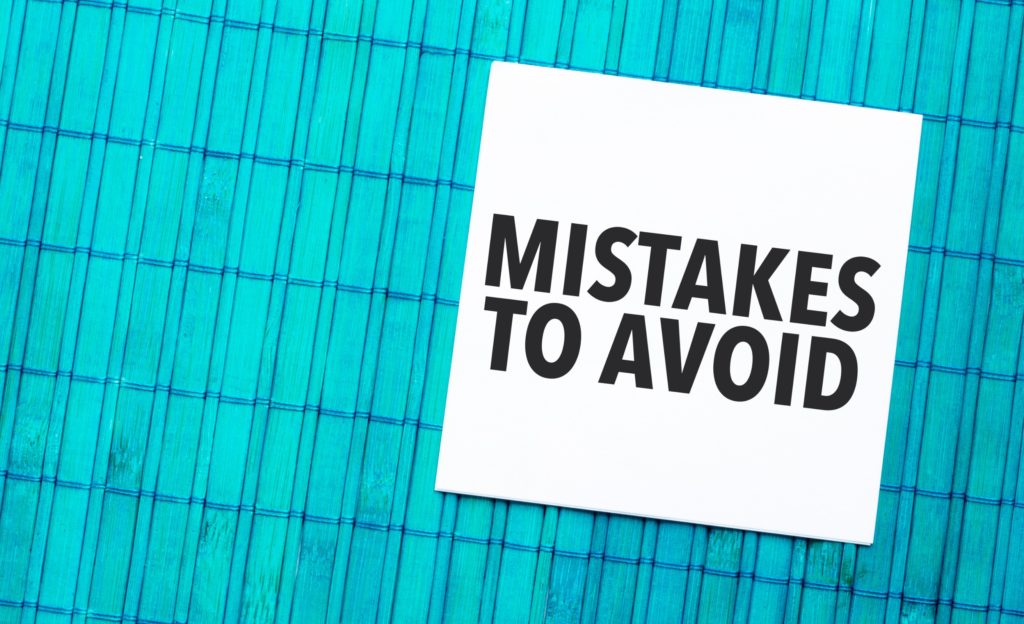
With 77 percent of businesses using social media to reach their customers and more than 90 percent of users following at least one brand on social media, marketers cannot underestimate the importance of social media marketing. Social media is an integral part of our lives and, as a result, it might seem as though there would be a simplified formula for building a social media brand presence. In fact, the opposite is true. Social media is a marketing mainstay, but it is also a fast-paced and competitive space where just a few missteps can lead to a lasting negative impact on a brand’s reputation.
Social media is often seen as an area where B2B companies excel and B2C organizations struggle to stand out. Yet, it’s a misconception to believe that B2B businesses can’t reap the benefits of social media marketing. When done well, social media initiatives can help B2B companies increase their online visibility, drive traffic to their website, improve SEO, generate new leads, nurture relationships, and establish thought leadership.
Eight Social Media Mistakes to Avoid
By recognizing the common mistakes brands make on social media and knowing how to avoid them, marketers can raise their social media tactics to new heights. Here are the top eight common missteps B2B organizations can make when establishing their brand on social media.
Mistake #1: Posting Quantity Over Quality
There are a couple of ways this mistake can apply. First, it’s possible to post too much content. Simply hitting a consistent posting schedule without providing valuable insights doesn’t help to establish your credibility with your target audiences. Instead, focus on hard-hitting expertise that solves client problems. Similarly, it’s important to understand that high impression figures don’t always equal engagement. While the number of your followers or likes might be high, if those individuals aren’t viable prospects who fall in your target markets, that engagement likely won’t result in business growth. Clearly define your audience and their challenges and consistently publish content of value to connect meaningfully with the audiences who matters most.
Mistake #2: Lack of a Documented Social Media Plan
CoSchedule found that organized marketers are 397 percent more likely to report success in their marketing initiatives. Organization starts with a marketing plan that is documented, consistently reviewed and revised, and includes social media tactics. From there, it’s possible to make informed adjustments tailored to your organization’s goals and your target markets’ response.
Mistake #3: Lack of Success Metrics
Having measurable goals is another aspect of “being organized” as a competent marketer. Any marketing initiative needs to be evaluated for its effectiveness, which includes detailing the metrics you will track and key performance indicators (KPIs) that demonstrate what success looks like. Keep in mind mistake #1, however: numbers aren’t everything. That’s why it’s essential to implement a system to collect and evaluate social media data and then analyze it for actionable insights.
Mistake #4: Becoming an Echo Chamber
This can come in the form of being overly self-promotional, but it can also take the form of focusing solely on branded content. When you fail to engage with and share the ideas of other thought leaders, companies, experts, customers and prospects, you overlook potential partnerships that can expand your outreach, presence and audiences. Curate content from other credible experts you endorse, add your own insights, include quotes from your organization’s thought leaders and connect it to relevant content on your site. Be sure to tag companies and individuals when sharing their content to encourage ongoing interaction.
Mistake #5: Ignoring New Features
Platforms like Facebook, Instagram, YouTube and LinkedIn have been around for years and tout millions of users. These platforms enjoy continued success by constantly investing in updates and features to improve their platform’s functionality and user-friendliness. For example, in 2023 alone, LinkedIn introduced lead generation forms, new custom buttons and a native media editor. Don’t ignore new tools and rely only on tried-and-true tactics. By staying on top of new updates and features and using them strategically, you’re more likely to create content that meets audience expectations and attracts new followers.
Mistake #6: Using the Wrong Platforms
With so many options available to marketers—and more emerging every day—how do you choose which social media platform to use? To decide which platform is best for you, consider the following questions: Which platforms are most relevant to your industry? Which audiences do you want to target and what platforms are they already using? What are your goals (e.g. customer service, lead generation, engagement, sharing thought leadership, etc.)? What capabilities do you have within your organization and what skills would you need to outsource? For example, do you have an in-house graphic designer or video team? While there are many benefits to being active across multiple platforms, it isn’t always necessary. It’s better to focus on one platform and master it before moving on to another.
Mistake #7: Ignoring SEO
With Google processing an average of 40,000 search queries every second, it’s clear that search engine optimization isn’t going anywhere. While most organizations understand that their website should be optimized for search engines, social media profiles and content have specific optimization goals as well. This also includes the platforms’ algorithms and native search functions. Optimize social media profiles for SEO by completing them with as many details as possible, integrating keywords where appropriate. Be sure that posts point back to your website and ensure that they are optimized for search and sharing.
Mistake #8: Forgetting to Listen
It’s easy to get caught up in the hamster wheel of a content production calendar. But it’s important to remember that engagement is the most important part of social media. Genuine and meaningful engagement is a two-way street. Take the time to interact with the content of your prospects, customers, partners and stakeholders to learn from their industry insights. Respond to every interaction that comes through your social media channels, whether that’s messaging someone directly, or following up with a request to join your newsletter. Engage in conversations about topics that are important to your brand and audience. It’s also important to simply listen. Social listening is a powerful way to gather clear insights about what makes your target markets tick. Take time to stay on top of trending topics, challenges and innovations, as well as mentions of your own brand. Use those insights to empower your content.
Social Media Shifts with Your Customers

Social media is a constantly evolving marketing channel that invites innovation from its users and creators. For this reason, it is also one of the best tools to understand the current pulse of your target markets, industry and business network. This means the best practices are constantly changing to mirror the trends and activities that resonate most with those audiences. Social media best practices (and social media mistakes) will continue to change, so it’s important to stay on top of those changes to connect meaningfully with the people who power your brand.

